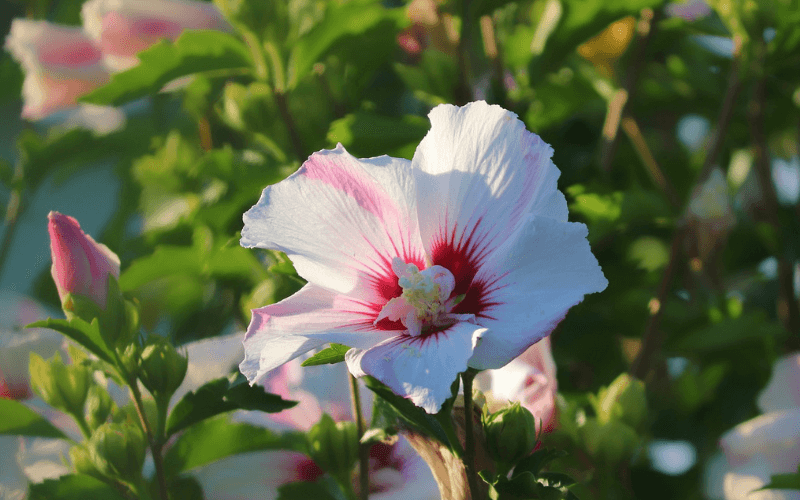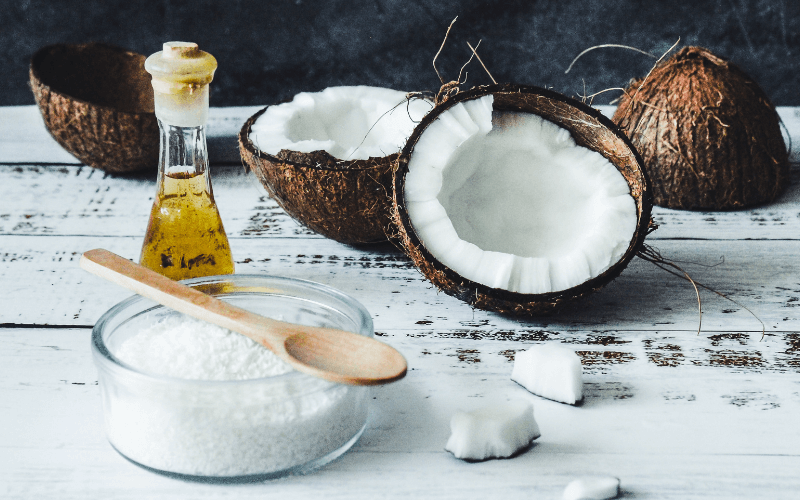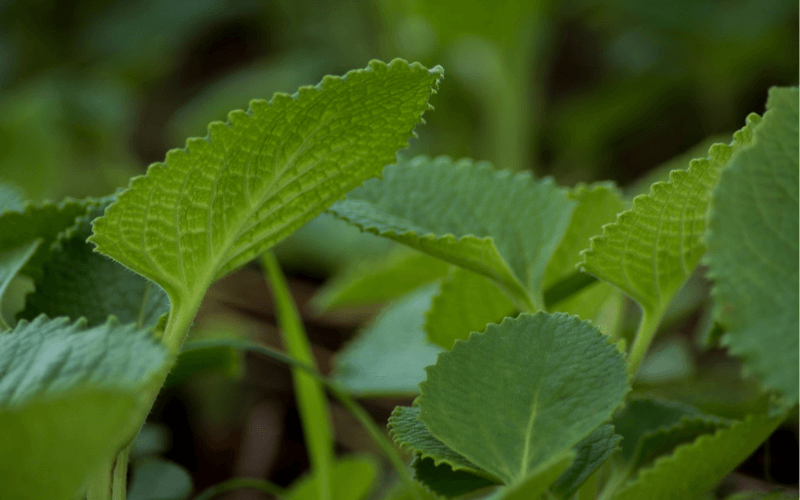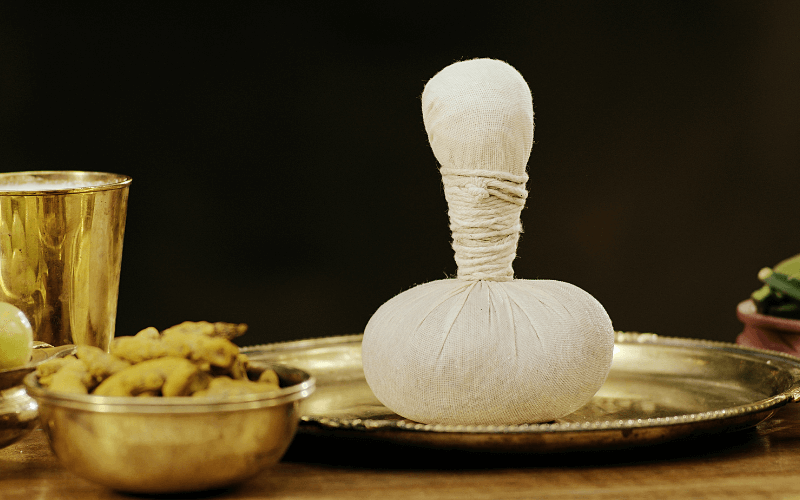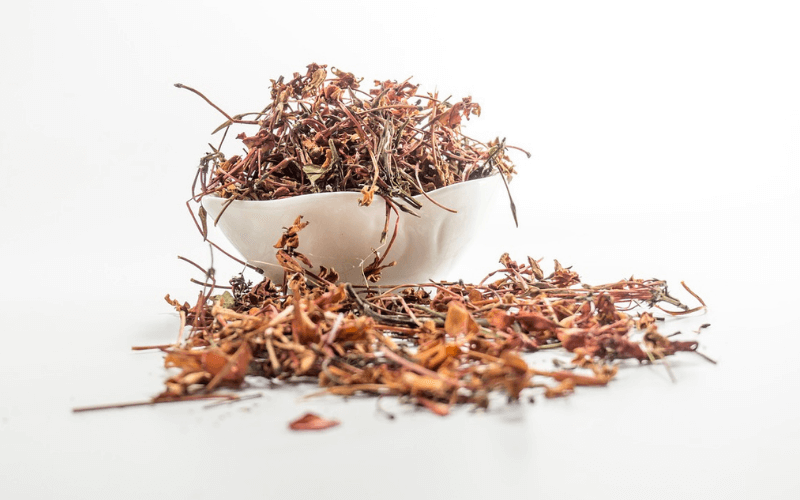Sri Lanka
"If you can not be a king, become a healer."
Ancient traditions in Sri Lanka are vividly present in the daily life of its inhabitants, that still follow holistic practices of Ayurveda and other ancient traditional medicinal systems. At Shankra Festival, be ready to experience our wide program of local healing treatments including ancient therapies, home remedies, natural healing practices and body massages that cleanse and revitalize your body!
Sri Lanka, popularly known as Pearl of the Indian Ocean, excels in breathtaking white shores, crystalline waters and sizzling blue skies, but beautiful beaches are not its only attraction. The island’s abundance of precious medicinal herbs and ancient traditions in natural healing and wellness has guided its antique medical understanding ahead, making the peninsula a pillar of natural medicine and valuable knowledge.
Four different system of traditional medicine have been adopted in Sri Lanka: Ayurveda, Siddha, Unani and Deshiya Chikitsa. Ayurveda and Deshiya Chikitsa systems make use of plants and herbal preparations for the treatment of diseases, the former including about 2000 species, the latter about 500.
The traditional system of medicine has been practiced in Sri Lanka for more than 3000 years. Recorded history brings us back to the 4th century before the Christian Era, in a time where hospital with in and out-patients facilities had been constructed in the then capital city of Anuradhapura. Today, one can find archaeological remains of medicine boats, turned out of stone and employed for medicinal oil baths.
The traditional system of medicine is legally recognized in Sri Lanka, with its own medical council and registered medical practitioners, pharmacists and nurses. Organized teachings and trainings of traditional medicine in Sri Lanka are given the same importance as modern medicine.
In Ayurveda, every part of the same plant, such as tender leaves, flowers, bark roots or fruits are used to create a specific drug to treat ailments. Certain drugs, such as Cannabis, are included in the treatment, used in particular combinations and ratios. Other plants are popularly used as a preventive measure: for example, if grown in the garden, they can prevent certain kinds of poisonous reptiles to enter that space.
Ayurvedic system is based on the principle of considering the body as a whole, meanings that different organs are not treated separately as in modern medicine. While in Ayurveda, therapeutic agents for curing diseases are mostly obtained from herbal preparations, the Siddha system predominantly uses mineral preparations. Along with several cultural waves, both systems came to Sri Lanka from India. Instead, the Unani system was left through Arabs, who came to the island for trading purposes.
Siddha medicine is based on a combination of ancient medicinal practices and spiritual disciplines, together with notions of alchemy and mysticism. Practitioners of this discipline are known as Siddhars or Siddhas. According to the Tamil tradition, there were initially 18 Siddhars, who were often portrayed as receiving their knowledge indirectly by the deity Shiva. The objective of their study was to preserve and prolong life. Siddhas led simple lives and were unconcerned of caste, creed, colors or nationality. Siddhas are seen as contributors of the Siddha medicine, but also knowledgeable in terms of eternity, alchemy and Yogic living.
The Unani medicine, also known as Yunani, is found in teachings of Ancient Greek physicians such as Hippocrates and Galen. The system is based on the principle of balance between body fluids known as “the four humors” considered essential to good health. Another key principle derives by the acknowledgment of the four natural elements: air, earth, water and fire.
Deshiya Chikitsa, also known as indigenous medicine, originated in the island during prehistoric times and developed in its own way. Less popular than Ayurvedic practices, the former system has been carefully preserved within families and handed down from generation to generation. For this reason, one can find a high degree of specialization in certain fields such as ophthalmology, hydrophobia, fractures, snake poisoning or treatment of burns.
A vast volume of literature about holistic practices and traditional medicine can be found in Sri Lanka and South East Asia. At the beginning, knowledge was transmitted through oral traditions by memorizing the body of principles and prescriptions. To make it easier to remember, these principles were transmitted via rhymes called Sloka. These were later codified, in other words, written down in Sanskrit language. A substantial amount of these principles can still be found in the form of ola leaf manuscripts.
The most popular text on Ayurveda is named Charaka Sauhita and is considered one of the two foundational Hindu texts that has survived from Ancient India. The collection, which consists of eight books and one hundred and twenty chapters, is available in several languages. Charak in Sanskrit means wanderer, and denotes well the context of the ancient tradition of wandering physicians who brought their medical skills and rites from village to village.
Preserve your health and wellness by keeping your body, mind and spirit in balance. Discover the many benefits of ancient practices by joining us at @Shankra Festival!

